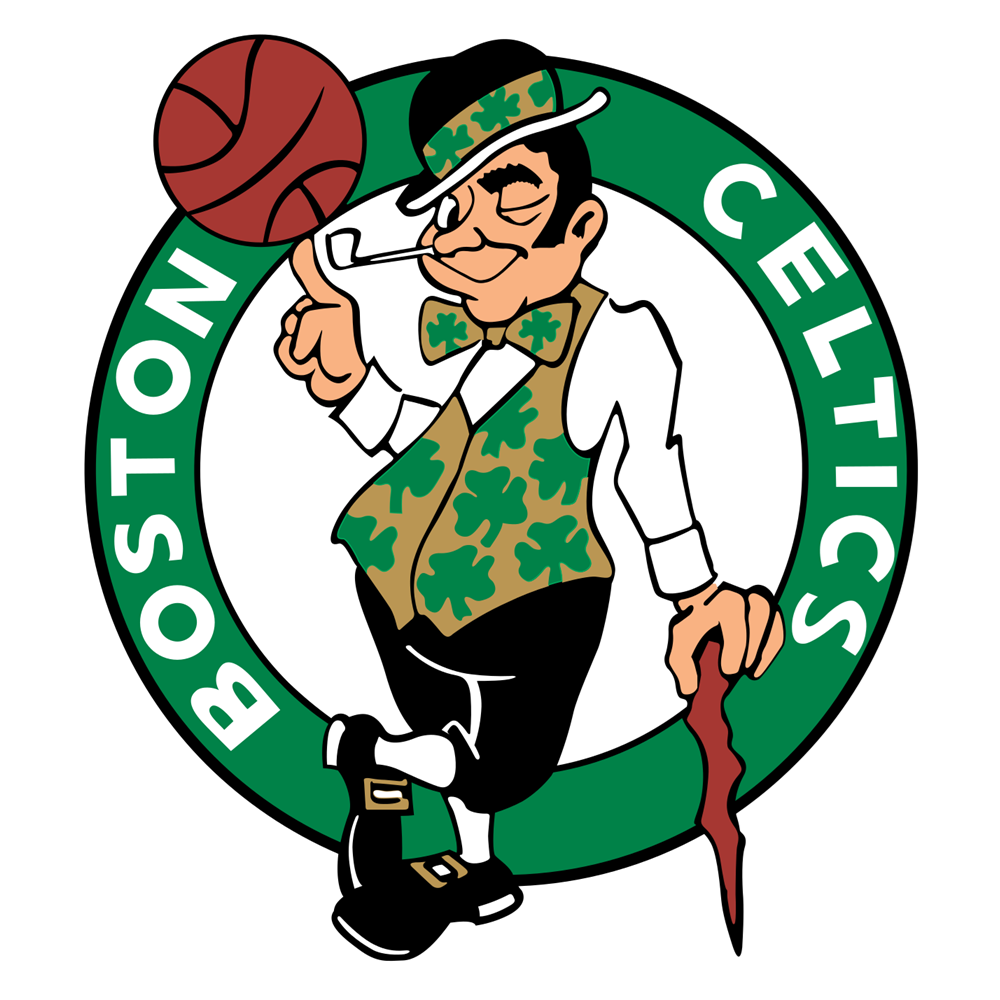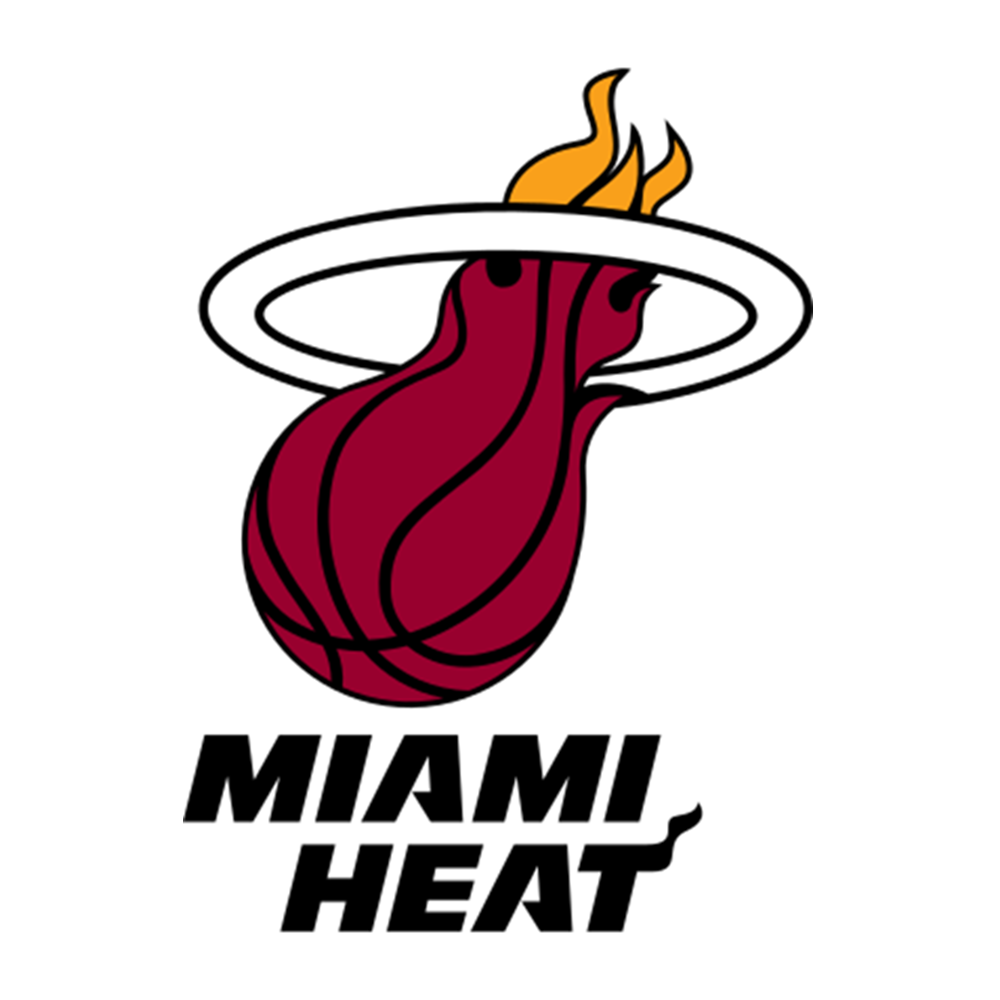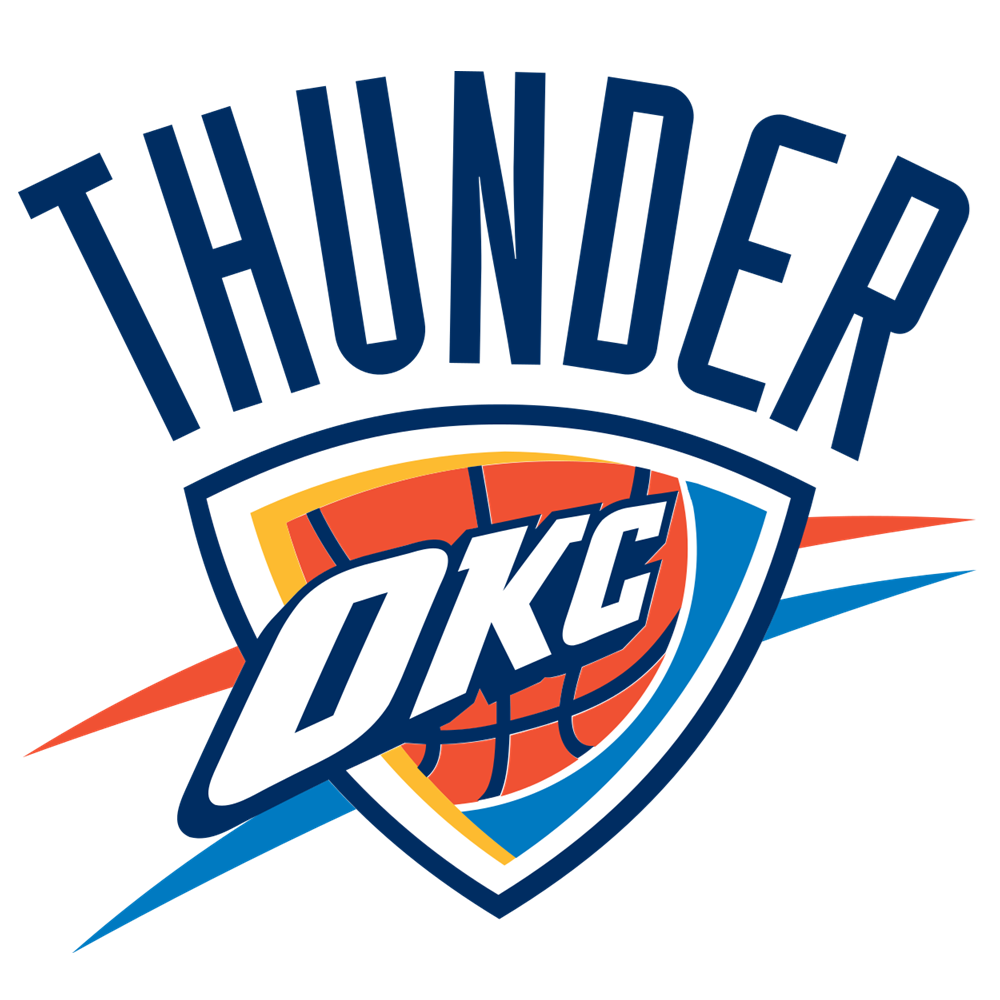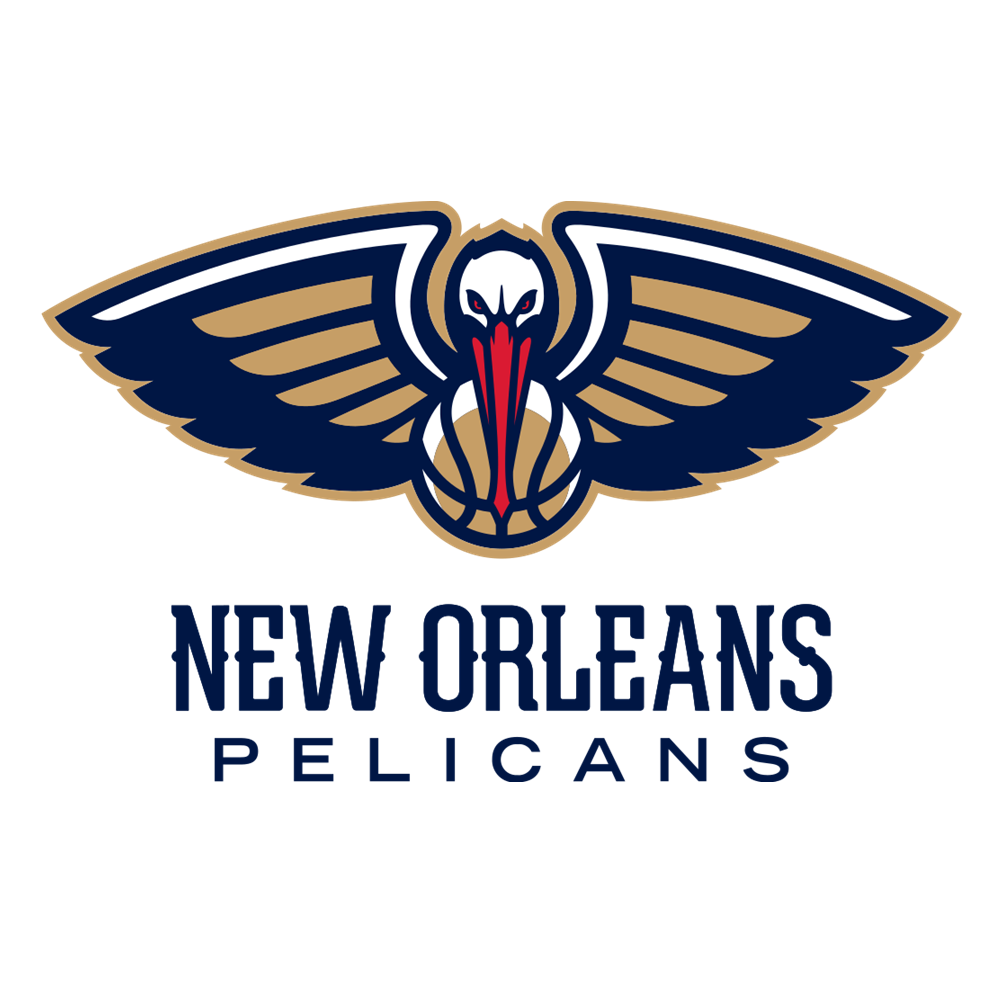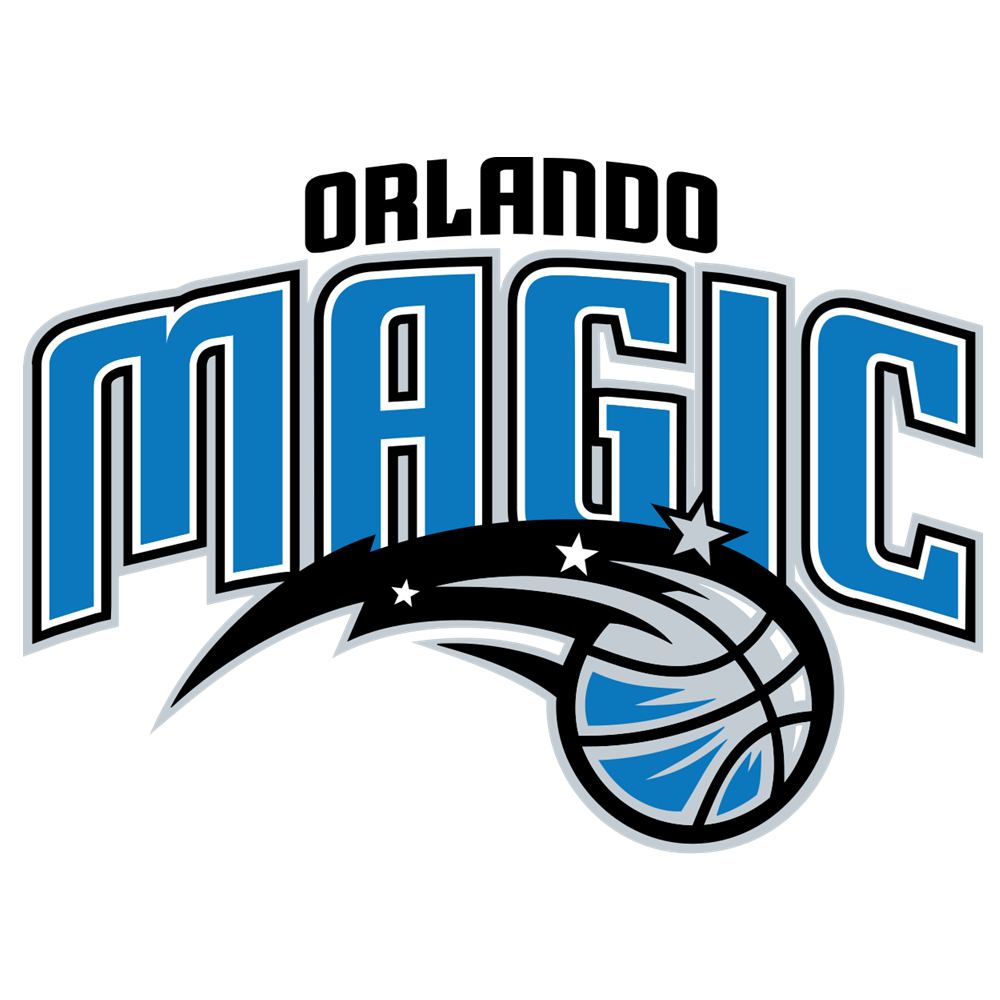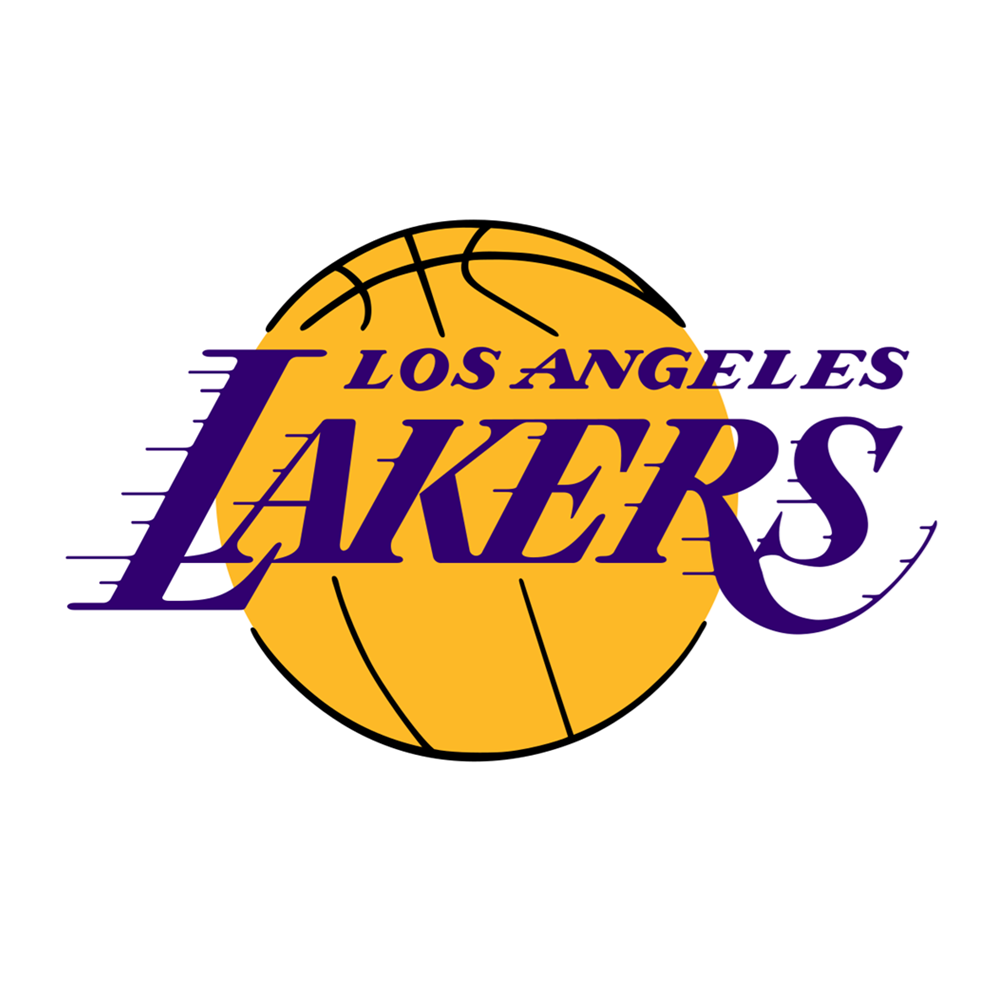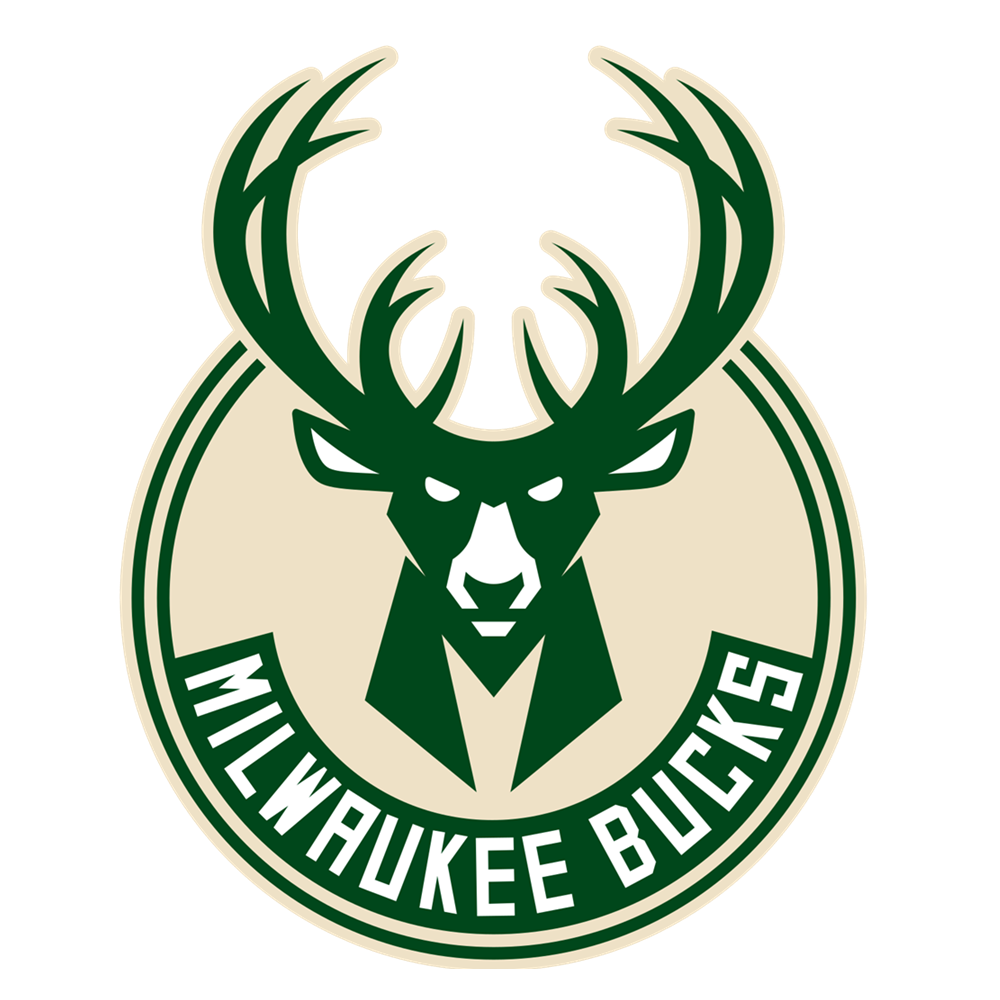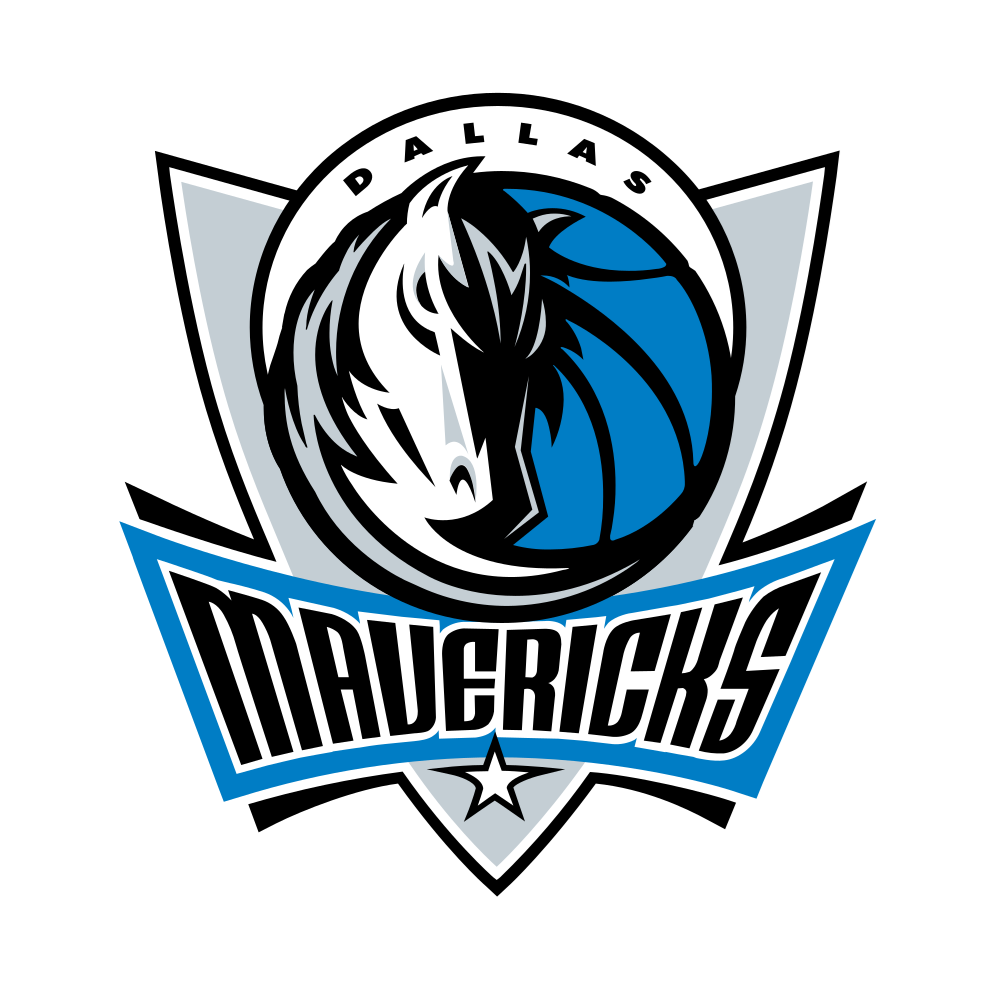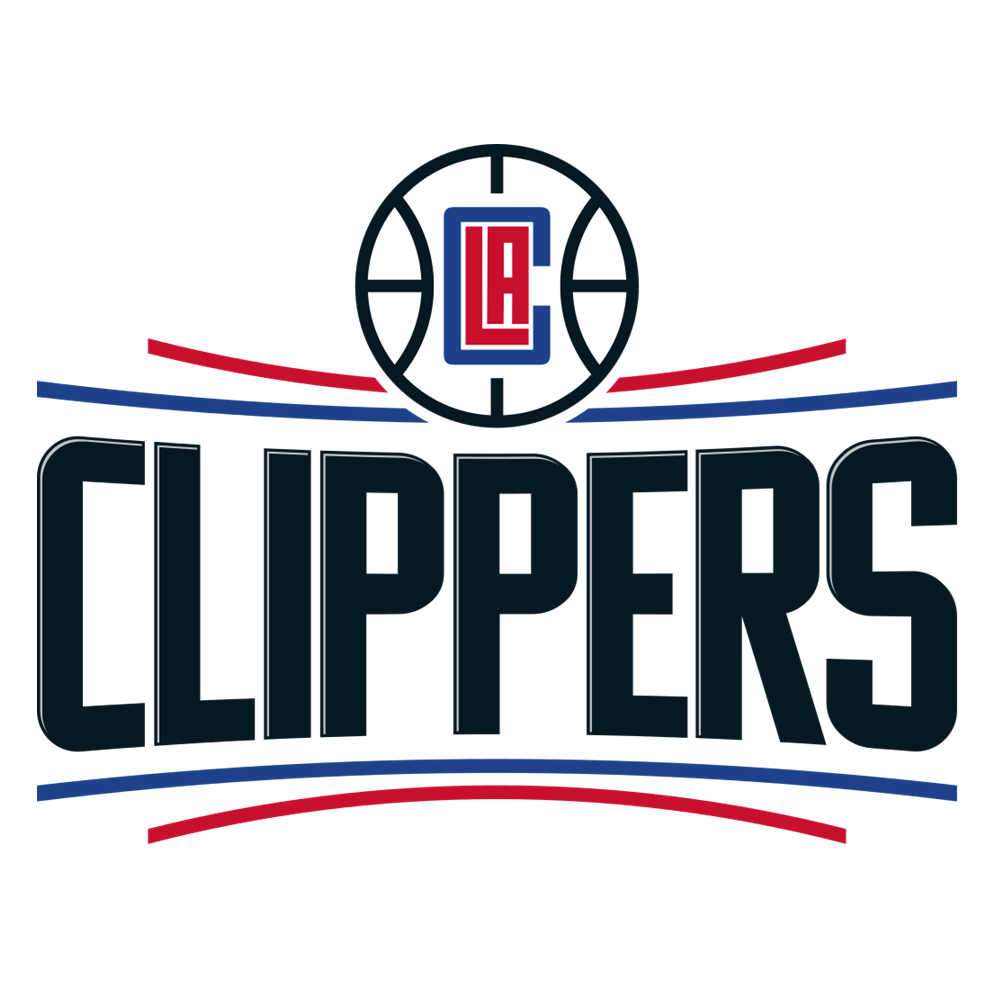Often we watch films about an inspired sports star who wants to make it to the top. Many a time they look and feel the same.
Watching ‘The Ten’, that isn’t the case.
A video short produced by Formation for GiveMeSport, if anything is more enjoyable than watching it then it’s hearing the story behind the creation.
“The film was always the metaphor,” executive producer Paul Coldham said.
‘The Ten’ is based on the dunk, a daunting challenge for one who has never pulled it off and a feat accomplished by slamming a ball into a net set exactly ten feet from the ground.
It immediately stuck out. It made sense.
“It’s about trying to reach your goals, better yourself and effectively complete the dunk and carry on.”
How very British, and just as well really. The young man who plays the central character is an 18-year-old international basketball star from London called Kayne Henry-McCalla. When casting for the film, which was originally written to showcase NBA players sequenced with the films’ stars - a crisp chest pass from London would end in the hands of LeBron James in Cleveland, let’s say - Formation were going into schools and clubs to find the right people.
The film’s duration is less than 300 seconds and Henry-McCalla, the main subject, is a young black man growing up on a council estate, grinding to become an NBA star in America. It’s fuelled on emotion and cinematography, shot in a parallel existence between a young boy and his older self as he cycles his way to the urban courts and trains his way to the pros.
Formations in sport set the tone for your team and it was no different for the company as they set out to acquire the perfect match.
“We went to schools, basketball teams, and we eventually ended up with Kayne”, Coldham said.
“Suddenly, popping up behind him is this smaller guy who is 13 and around 5 foot 2. They were true brothers and the spit of each other. It was perfect.”
Kayne and Lorenzo Henry-McCalla fit the description, but the production team had barely unearthed the gem they had on their hands when it came to the elder of the pair. Kayne had at that point accepted a place at San Jacinto Community College in Texas, an institution he’d unsurprisingly never heard of, and was weeks away from representing Great Britain at the under-18 European Championships.
His personal goal mirrored that of the film.
“I wrote a film about an aspiring young black guy trying to be as good as he could be in basketball, and we landed upon Kayne. You couldn’t write that coming together even if you wanted to.”
Turns out, Coldham did.
The humble Henry-McCalla chose not to pursue football growing up when all of his friends surrounded themselves with the national sport. As the film ramps up to the minute mark, it pulls back on a wide shot of the younger Kayne cycling through Hackney Marshes, the home of Sunday League football. The white lines and goal posts are a distant memory as he zooms toward his concrete longing.
“Everyone wants to be the next Cristiano Ronaldo, but he wanted to be the next Kevin Durant”, Coldham said.
In total opposition with Henry-McCalla’s A to B basketball mentality, the six week journey of creation was an up and down affair for Formation.
“We wrote the treatment initially and I had a very clear vision of how I wanted it to look”, Coldham said.
“It was going to be cut with Kayne as the lead actor, consistently cropping back to archive footage of the NBA. If Kayne made a dribble, it would showcase a dribble from Michael Jordan.
“Working with David Leon, the fantastic director, we re-wrote the script two or three times to make it more personable, more emotive and not so heavily basketball focused.
Their goal was to make sure everyone who watched it got something out of it, basketball fan or not. A motivational Nike film, if you will.
The pace of the feature steadily builds with cyclist and player stepping up their intensity, intermittent shots of the Olympic Stadium in Stratford and broad views of council estates snapping into view.
A hard crossover on the court from Kayne, a ferocious peddle from Lorenzo. Visually you can see an escalation of the narrative.
“People are bustling about on bikes on their estates. It’s what a 13-year-old would be doing.”
One of the things you notice throughout the piece is the failure on court. Kayne, who is working out in a dim-faded gym, misses a three-point shot, then a dunk attempt cannons off the rim to the sound of rage and frustration.
“It had a meaning; it shouldn't be clean. It shouldn’t be perfect first time.”
That it was not, with original scripts scribbled on Pret A Manger serviettes and cigarette packets, the re-workings of the film doing overtime. For Formation, that was the ultimate joy; the film evolved over time and besides, who doesn’t work better with freshly made croissants?
The basketball portion was filmed at The Regal in Lambeth, a facility of the charity The Black Prince Trust. The sports hub is run for people of all ages who might otherwise be in trouble on the streets and in many cases suffer from mental health problems. On offer are a wide variety of free sporting facilities. Not only were they the perfect host, but it technically inspired.
“When we walked in it was a medium day, the sun was low, the tint on the windows allowed us to have a natural, warming, blue yellow light”, Coldham said.
Parts of the film still needed filling in. Number one, it needed an emotive soundtrack and instead of digging something out that already existed, Formation had someone originally write the score.
The next thing? The narrative had to reflect the score and instead of writing a standard voiceover, the team strived for something more emotive.
Director David Leon fell across a poem called The Man In The Glass, written in 1934 by Dale Wimbrow. The poet had written it in response to an article in the New Yorker, someone hoping for a poem about how they could reflect on life and better themselves.
“As we read through the poem, it was all about somebody trying to be the best that they can be, trying to overcome their faults and move on, aspiring to be the best man they can possibly be.”
The rush of reading the poem was matched by the realisation that they didn’t yet have copyright access. The final piece of the puzzle, they had to have it for this to work.
“I was a true detective”, Coldham laughs.
The first step for Coldham was to spend £30 on a subscription to a US search engine called White Paper, the second pulling a favour from a friend in the US to also get on the case. Coldham managed to find Wimbrow’s name and rang everybody he could, at one point accidentally getting through to his ex-wife instead of who he thought was his wife.
“They hadn't spoken for 30 years. She was very kind and told me although she has nothing to do with Dale anymore, she could pass me onto his step-daughter.”
That led to a two hour phone call, Coldham rewriting the rules of executive producer. She loved the idea, but couldn’t give permission; that would be up to the son.
“The son is a travelling salesman and he got back to me about four weeks later”, Coldham said.
“I had another hour conversation with him and once we were off the phone, I sent him the film and he said ‘perfect, you are more than welcome to use it’.”
For those who recall Martin Cooper, he was sincerely thanked by Coldham.
Kayne reads the poem as a background script throughout the film. It implores you to look into the mirror and see what the man has to say: ‘The feller whose verdict counts most in your life is the man staring back from the glass.’
“The real Kayne had the NBA in his head and bizarrely it all fitted into everything that the film became”, Coldham said.
“It was a bizarre marriage made in heaven.”
As the film reaches its climax, Kayne goes up for a mighty dunk as he attempts to put an exclamation point on ‘The Ten’. He takes a dribble away from the camera and drives toward the basket, lifting off from the floor as the piano ramps up, his final words magnified.
‘But your final reward will be heartache and tears if you’ve cheated the man in the glass.’
The slow frame rate gives you the impression he’s going to throw it down.
“And then we cut it off.”
Did he complete it? Should he?
“That’s why we ended with the tagline: ‘Be True To Yourself.’”
